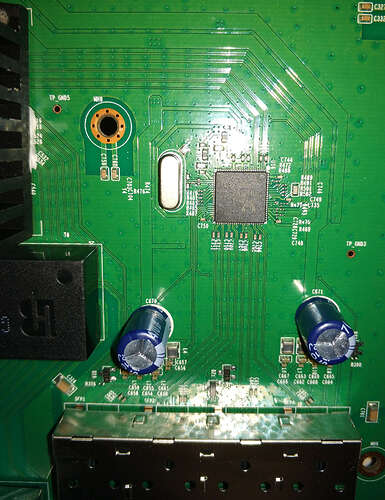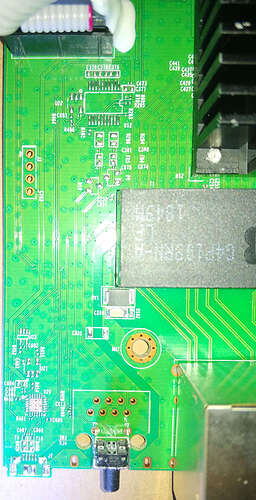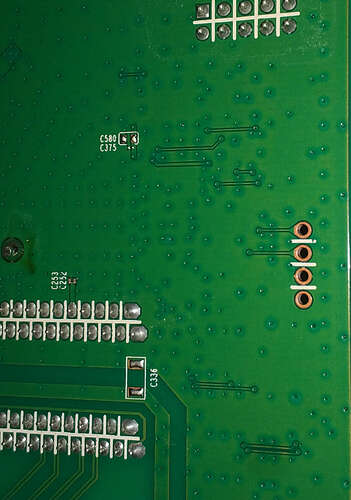Can confirm the pinout. UART seems to be 38400 baud, 8bits, no parity, single stopbit
Hit any key to stop autoboot: 0
*********************************************
* TP-LINK BOOTUTIL(v1.0.0) *
*********************************************
Copyright (c) 2019 TP-LINK Tech. Co., Ltd
Create Date: Aug 14 2019 - 08:11:46
Boot Menu
0 - Print this boot menu
1 - Reboot
2 - Reset
3 - Start
4 - Activate Backup Image
5 - Display image(s) info
6 - Password recovery
Enter your choice(0-6)
tplink> 5
Images in system:
index Attribute Size Filename
----- --------- ---------- ---------------------
1 (b) 10485760 image1.bin
2 (*) 10485760 image2.bin
----- --------- ---------- ---------------------
(*) - with the Startup attribute
(b) - with the Backup attribute
tplink> 3
Begin to startup system, please wait a moment...
Starting kernel ...
***************** User Access Login ********************
User:admin
Password:
Note: For better protection of your network and device
please change your password firstly. Change now? [Y/N]:Y
Please enter the new password:
Please confirm new password again:
The password has been changed. Please Press ENTER.
#2006-01-01 08:00:41,[User]/5/Login the CLI by admin on console.
T1600G-28TS>
Firmware for T1600G-28TS v3 seems to be encrypted identical to T1600G-52PS v4 discussed earlier in this thread.
binwalk T1600G-28TSv3_en_3.0.6_[20200805-rel55968]_up.bin.dec
DECIMAL HEXADECIMAL DESCRIPTION
--------------------------------------------------------------------------------
512 0x200 Squashfs filesystem, little endian, version 4.0, compression:lzma, size: 4173556 bytes, 47 inodes, blocksize: 131072 bytes, created: 2020-08-05 07:42:00
4174336 0x3FB200 uImage header, header size: 64 bytes, header CRC: 0xF85DCDDC, created: 2020-08-05 07:41:41, image size: 3869836 bytes, Data Address: 0x80000000, Entry Point: 0x80003710, data CRC: 0xDB7329CD, OS: Linux, CPU: MIPS, image type: OS Kernel Image, compression type: gzip, image name: "3.0.0"
4174400 0x3FB240 gzip compressed data, maximum compression, has original file name: "vmlinux_org.bin", from Unix, last modified: 2020-08-05 07:41:41
8306376 0x7EBEC8 Copyright string: "Copyright (c) "
8328464 0x7F1510 CRC32 polynomial table, little endian
8354164 0x7F7974 JFFS2 filesystem, big endian
binwalk vmlinux_org.bin
DECIMAL HEXADECIMAL DESCRIPTION
--------------------------------------------------------------------------------
1896480 0x1CF020 Linux kernel version 2.6.32
1918384 0x1D45B0 CRC32 polynomial table, little endian
2155756 0x20E4EC Neighborly text, "NeighborSolicits/ipv6/inet6_hashtables.c"
2155776 0x20E500 Neighborly text, "NeighborAdvertisementses.c"
2156939 0x20E98B Neighborly text, "neighbor %.2x%.2x.%.2x:%.2x:%.2x:%.2x:%.2x:%.2x lost on port %d(%s)(%s)"
2424832 0x250000 gzip compressed data, maximum compression, from Unix, last modified: 2020-08-05 07:41:37
strings 7F7974.jffs2
+>B$'
#-TAIL-#
BgIAAACkAABSU0ExAAQAAAEAAQD7hbsK1FurprcGdQQRS1lA/shOpyZfa2mP4+kFfyLCVQi96b623eFZrg17K7Z2pS+saS3c6Hpa3+OLKSQG6237bqjcBhp9j6peKSRmabOb4H1b39SSyCFcF+tWh4wcDEafFtppq5mqd2gUtb7SRg89tbfJA7PsLkYr2rpdne2Yxg==
7C1D1FC5BF9333473D8C8052701E9BE4
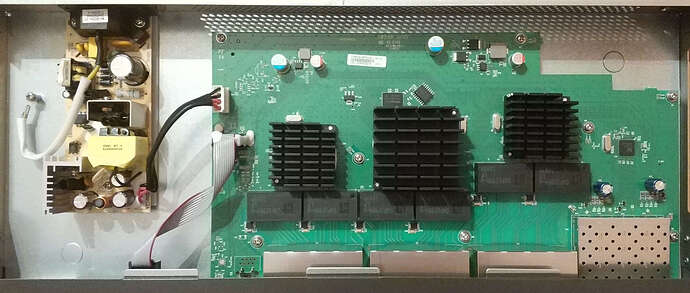

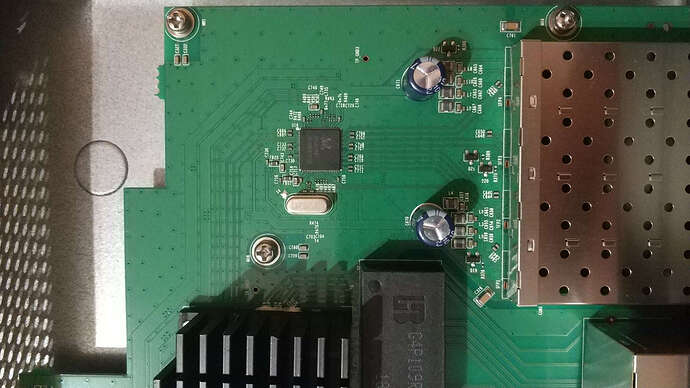

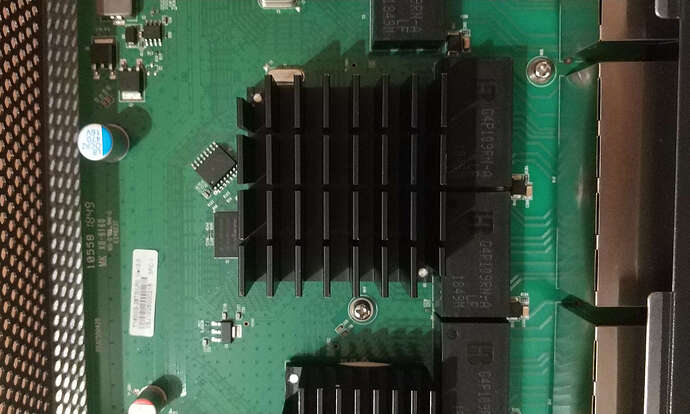

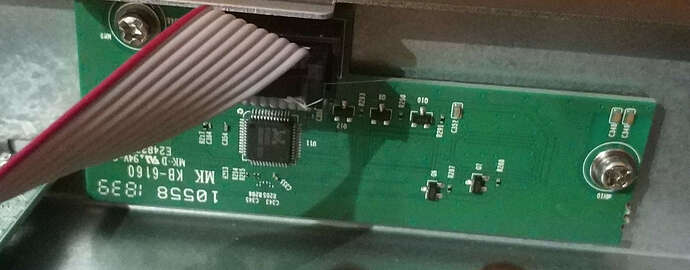
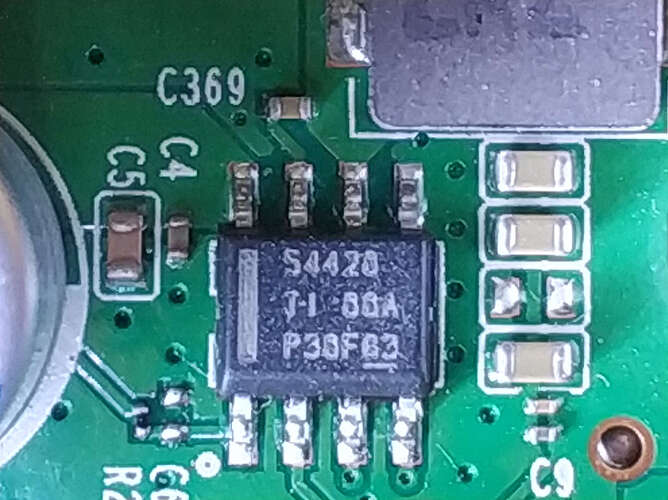
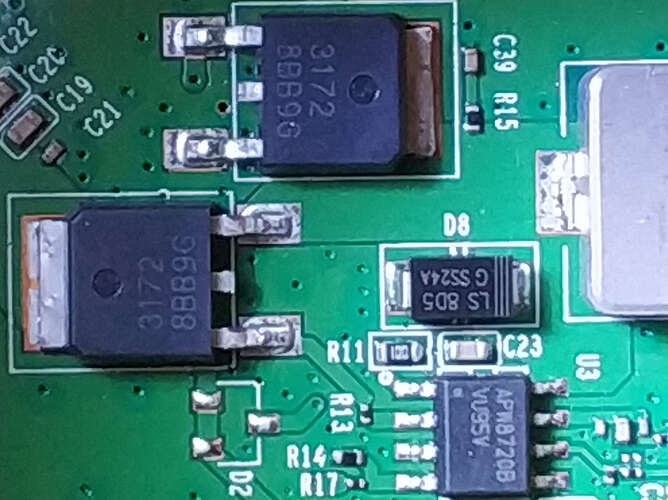
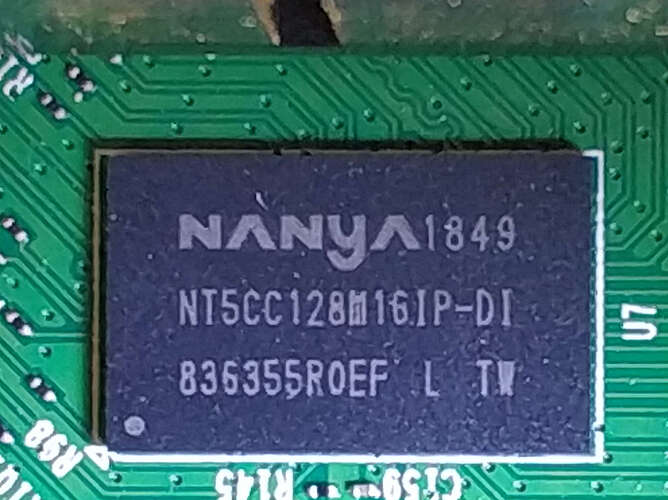
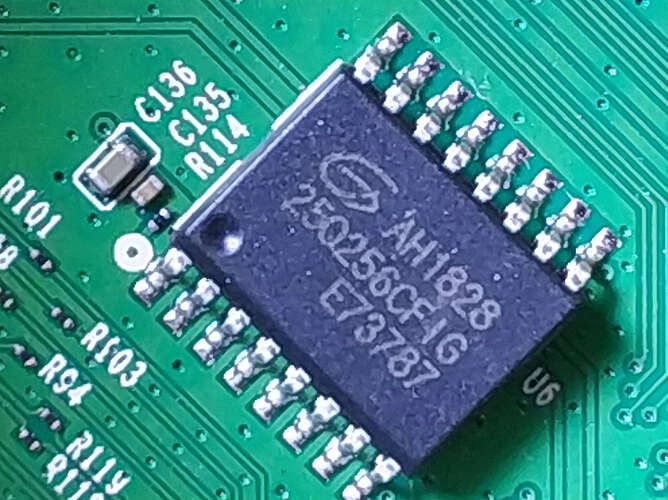

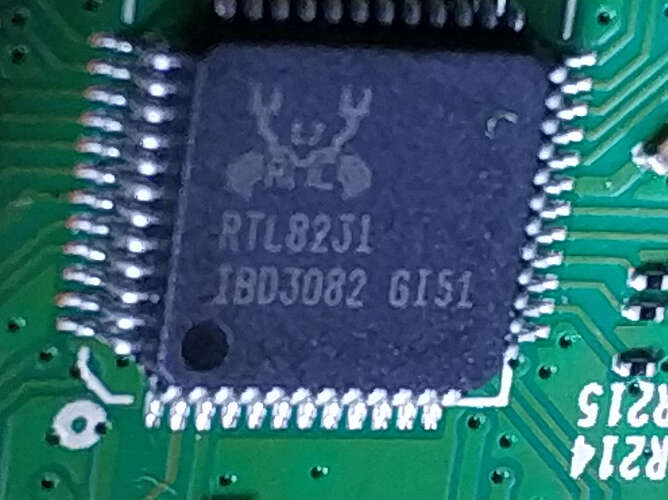

 .
.

